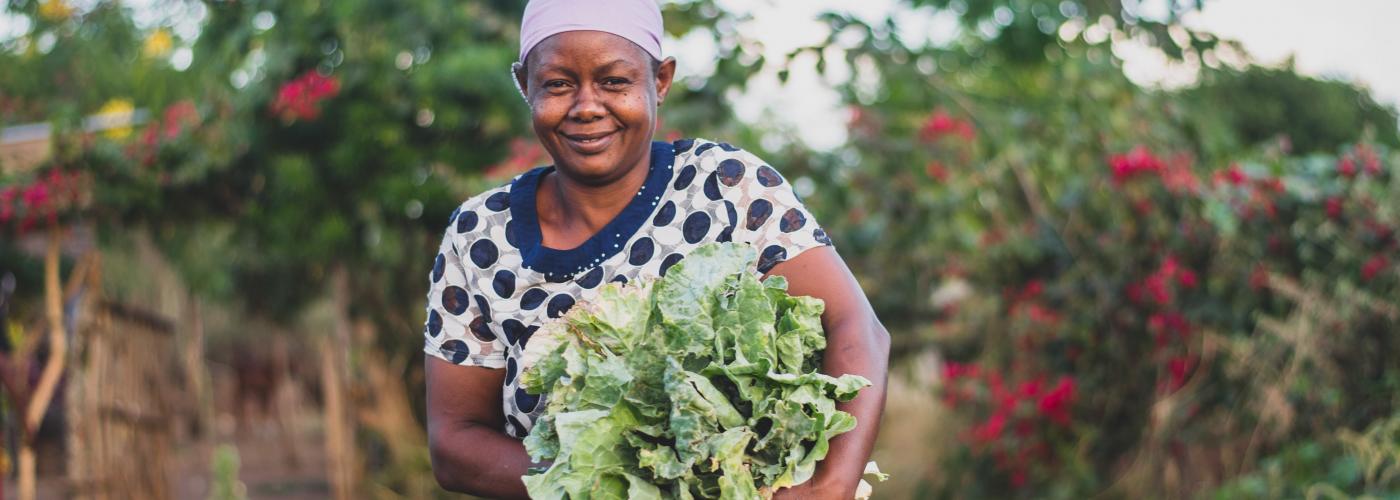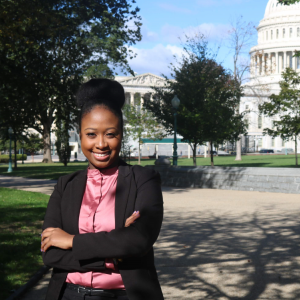Unlocking Capital for Women Entrepreneurs Can Improve Livelihoods In Developing Countries: A Look at Kenya
Image

Jane Wangige is a rice farmer in Kirinyaga County who has made money and improved her family’s livelihood from her rice farm. Her business prospered due to her membership in Mwea Rice Growers Multipurpose Co-operative Society (MRGM). MRGM is a farmer’s cooperative society that has accessed financing from USAID’s Kenya Investment Mechanism (KIM)—or specifically, a KIM partner financial institution, Co-operative Bank of Kenya.
“My family depends entirely on rice farming for our livelihood,” says Jane. “Before joining the society, we barely made enough to survive from farming. We did not have continued access to markets, and we were completely unable to access credit to purchase farm inputs.” Jane is among a few women who could get access to finance for her agricultural enterprise.
According to the World Bank, in 2019, women accounted for about 59% of total employment in Kenya’s agriculture sector, which is an important contributor to the country’s GDP. Kenyan women are important forces in the Kenyan economy, yet the barriers to financing their businesses continue to hinder them. Kenyan women-owned micro, small, and medium enterprises (W-MSMEs) face an estimated $2.7 billion credit gap. This number is likely to be underestimated because it does not account for W-MSMEs in the “missing middle.” These women meet their financing needs through sub-optimal sources such as family and friends or over-priced microfinance loans that are too small for growth-oriented investment given the lack of financial products targeting this market segment. These significant financial barriers weaken their motivation and ability to develop their businesses. Limited access to finance may also reduce their capacity to create jobs.
Although the KIM project has experienced great success, economic gender disparities in the agriculture sector persist. Some of the significant challenges are:
- Institutional and Regulatory Issues: W-MSMEs often have a poor understanding of the necessary requirements like eligibility documents, to access financial products, thus leading to minimal capacity to comply with these requirements.
- Risk Aversion: Many W-MSMEs are small, and business advisory firms prefer to work with larger SMEs over small W-MSMEs with little to no chance of being financed.
- Financing Products Not Tailored for Women: Kenya's finance sector lacks sufficient products and services tailored to the needs of W-MSMEs. For example, most financial institutions do not finance start-ups, but a majority of W-MSMEs are start-ups.
Ways to Reduce the Financing Gap
KIM has systematically tackled social and economic disparity within the agriculture sector. Of the total finance mobilized by KIM to date, 19% has gone to women-owned businesses ($44.9 million). In addition, KIM incentivizes financial institutions and business advisory service providers (BASPs) to better serve women-owned businesses. KIM seeks to mobilize more than $30 million in finance and investments for W-MSMEs by August 2023.
The main objectives and next steps for KIM and women’s economic empowerment will involve:
- Providing Assistance to W-MSMEs: KIM intends to increase speed and scale with current BASPs to develop implementation strategies for W-MSMEs. Building a solid network of women-owned BASPs will better serve W-MSMEs.
- Connecting Supply and Demand: KIM plans to link W-MSMEs to specific financing institutions that are eager to serve women, coupled with guarantees and business development service incentives to make W-MSMEs investment-ready.
- Inclusion as the Main Motive: KIM plans to provide technical assistance to financial institutions to target women as customers by supporting product development and the business case for targeting women-owned businesses.
- Sustainability: KIM will continue building and strengthening Kenyan financial institutions to create products targeted toward W-MSMEs, creating sustainability and long-term change.
To learn more about the Kenya Investment Mechanism, implemented by Palladium for USAID, visit KIM on LinkedIn.


